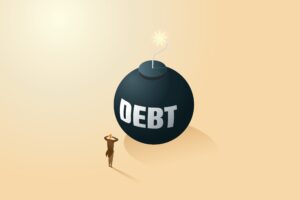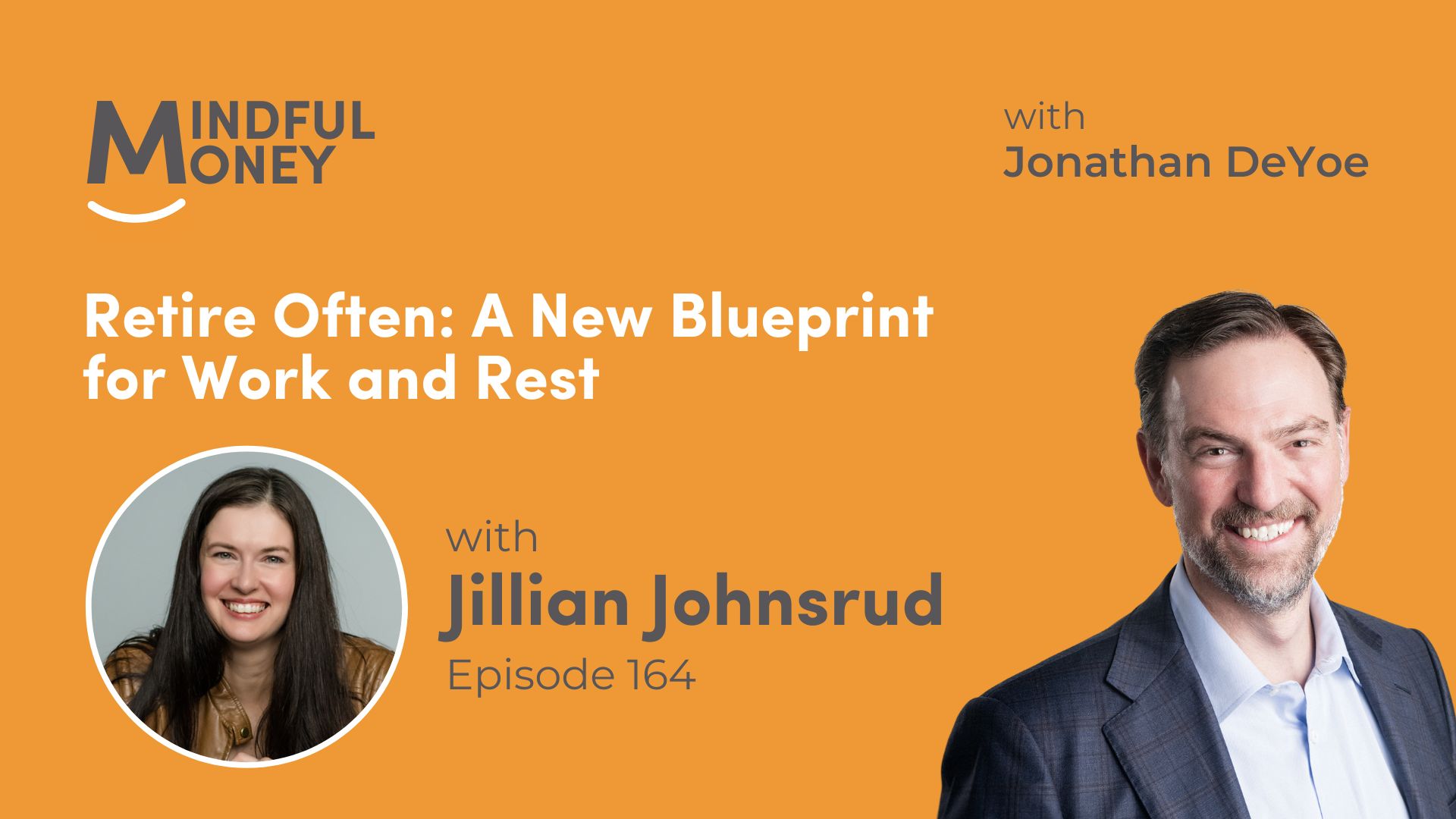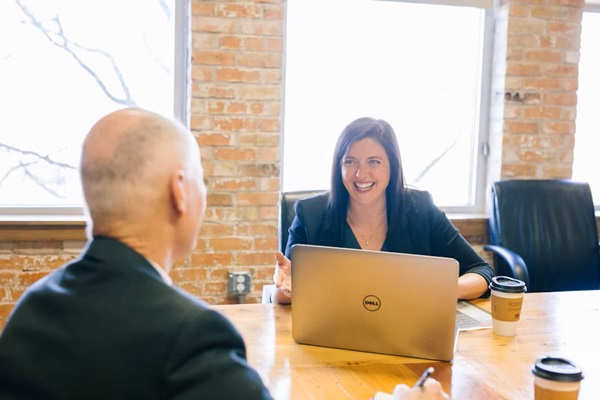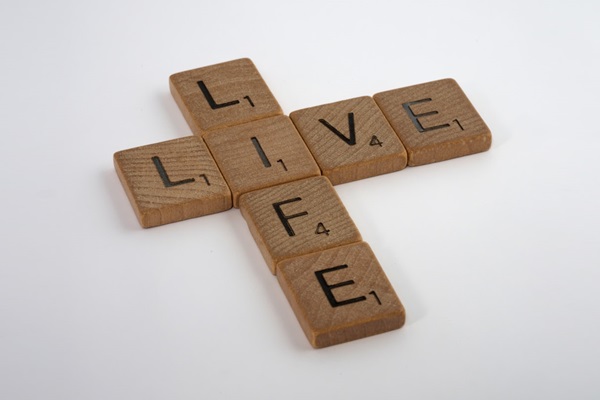Last week I talked about account minimums in financial services. My stated concern was that 80-85% of the US population doesn’t have enough assets to qualify for most advisors’
$500,000 minimum. They either do it themselves or work with commissioned sales people. They don’t have access to independent, objective advice from a qualified fiduciary to answer their questions.
I believe this is a problem, and I believe the problem is solvable.
My journey to help more people started during a meeting with a friend/client in March of ’09, when according to every news story, we had come to the financial end-of-times. The world was completely melting down. You may (or may not) remember the global financial crisis.
I was totally calm, and this was baffling to my friend.
I tried to explain that I had no idea when the market would turn upwards, or what the cause of it doing so would be. I could not tell them how long it would take the market to recover, or what investments would recover the fastest. I explained that I didn’t need to know how or when it would recover… I only needed to believe that it WOULD recover. And, I believed it would.
I couldn’t offer proof of any kind, but I could review history, offer context and perspective, and – by the way – I was continuing to invest my own money and follow the same process myself that I had put forward for my clients.
Mindfulness was the heart of my case. “Mindfulness” is the non-judgmental awareness of the present moment as it presents itself to our senses and thoughts. I explained that the reason for my calm was Mindfulness of:
- Human physiology – how the amygdala works,
- Cognitive & emotional bias – how we receive and process information, and
- The limitations of “knowledge.”
Because of the above, I understood and remembered without judgment that:
- It is totally natural due to evolution and how we’re wired to be afraid when we don’t know,
- It is normal for us to jump to conclusions (make decisions without complete information or good reason), and
- Nobody knows what happens next (though many will claim knowledge).
In the depths of the Great Recession, the best thing we could do was continuing doing what we set out to do when our thinking was clear and our emotions were calm. We follow the plan.
Mindfulness provides a doorway to rational choice when our emotions conspire to overwhelm our better sense.
That conversation resulted in my book, Mindful Money: Simple Practices for Reaching Your Financial Goals and Increasing Your Happiness Dividend being published in 2017. After each chapter in the book, there is an exercise. The exercises stack nicely. At the end of the book, if you have done all the exercises, you have a basic personal financial plan of action – including debt management, savings goals, and investing process – all for $15 (we used to charge $2500 to do something similar).
At the time, naively, I thought that was it. I’d spent 8 years writing and editing. The book was published. I’d done my part.
But, when I asked people who reported really enjoying the book if they had done the exercises, most said “No.”
Pardon Me???
The book, while well received, hasn’t had the impact I had hoped. It has not been used the way it was designed. Most readers did not do the work to dig into their own financial misunderstandings and create a personal financial plan on the foundations of their personal sources of happiness.
What else could I do? How could I make it easier?
I had recently completed the 18 modules of our basic financial education program discussed HERE. What if I turned the exercises in the back of each chapter into its own digital course? What if I created workbooks and filmed video lessons to walk people through the exercises?
In 2020, we did just that. I created a course that walked people through – with over 10 hours of video and extensive workbooks – the creation of their own financial plan. We fully described the order of operations (how and when to focus on different aspects of personal finance) and simplified the math, so anyone with an internet connection could create their own financial plan.
Whether you use the book or complete the course, you can create your own personal financial plan. Your plan will tell you how to manage/pay down debt, how to build a household budget, how to set yourself up to buy your first (or second) home, how much to commit to saving on a monthly basis, how to plan for retirement income, and how to invest for the long-term. We cover everything you need to create an action plan for your financial life so that:
- You know what to do when the world melts down, and
- You aren’t conned by the financial snake-oil salesman.
The book and the course are available right now. I hope you will take advantage of them for yourself. If you are a client, I will happily send you a book and/or give you access to the course for free. If you aren’t a client, you can order the book or access the course through the above links.
That is it for the DIY portion of Mindful Money’s No Account Minimum. Next week, I look forward to introducing the Mindful Money Membership and our first public Live Event.





